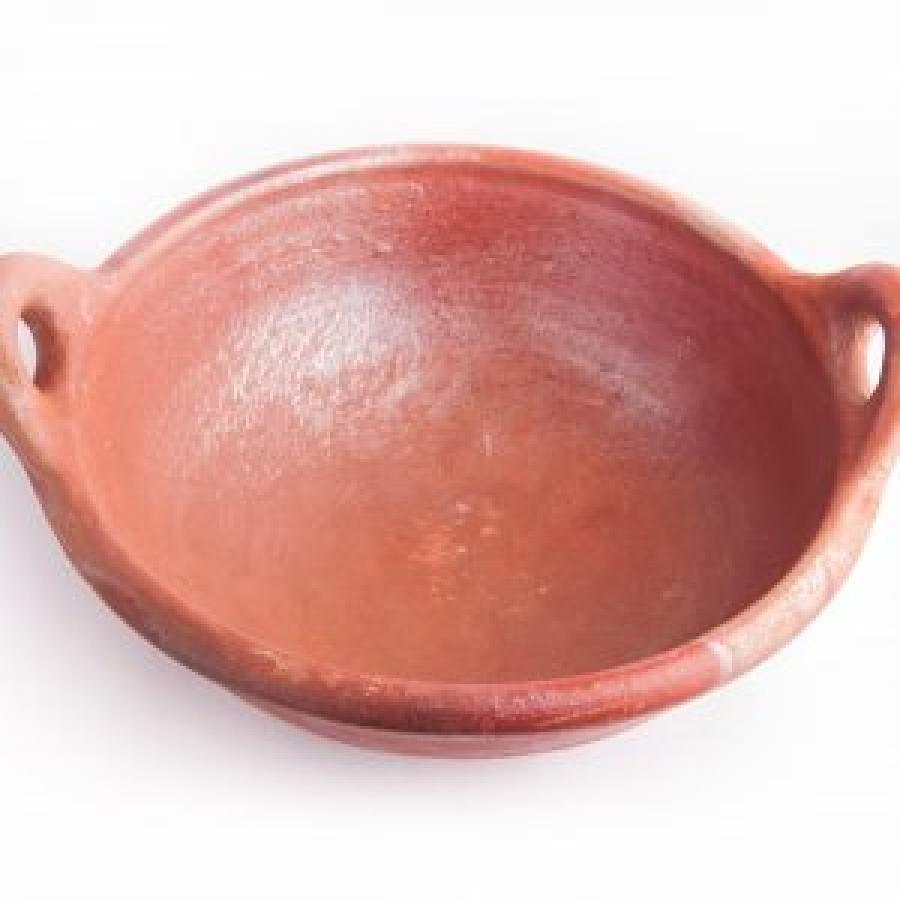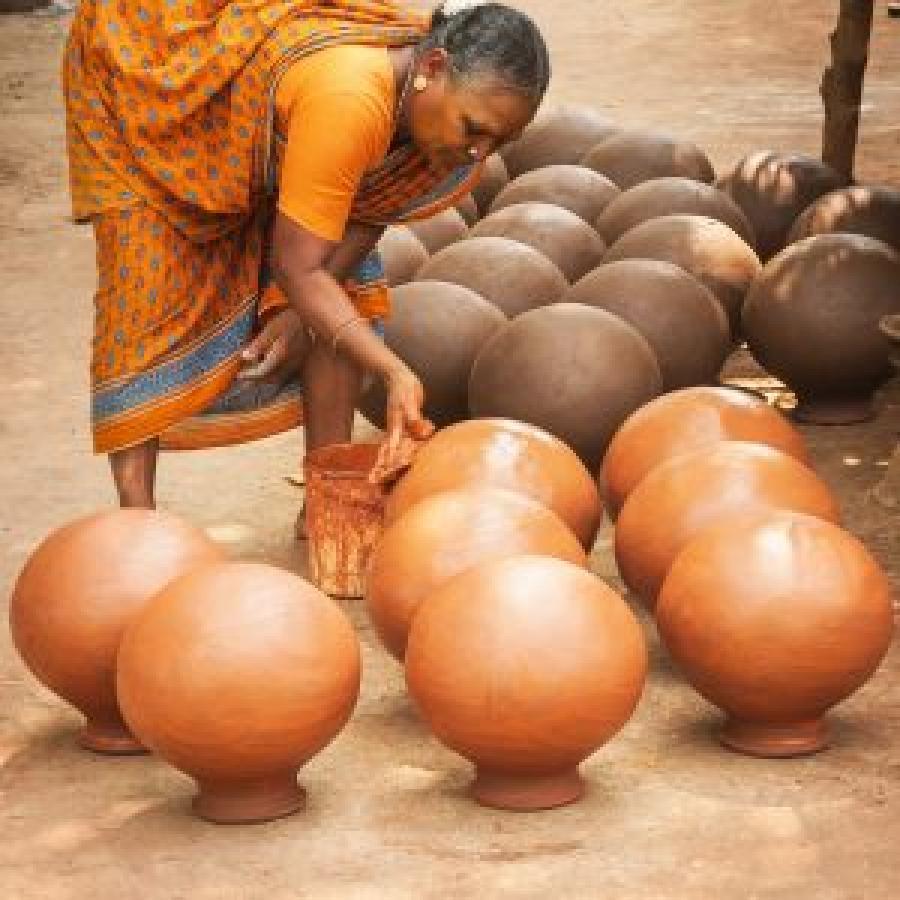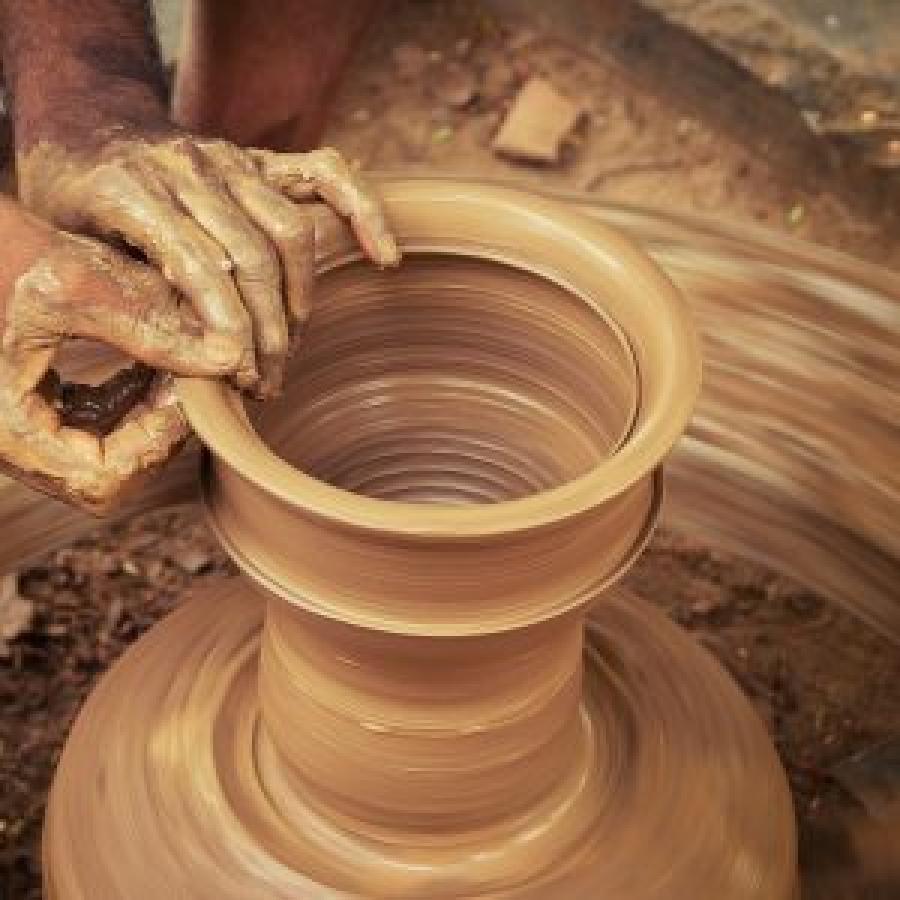Clay cookware is versatile and any type of food can be cooked in it ranging from a wide variety of north, south, east or west or be in vegetarian or non-vegetarian.
- Be it varieties of south Indian dishes like mor kuzhambu, vatha kuzhambu, kara kuzhambu, milagu kuzhambu, regular sambhar, avial, keerai masiyal, molakootu, vegetable kootu, tomato pappu, gothsu, rasam etc
- Or be it north Indian dishes like Palak paneer, paneer butter masala, rajma masala, dal makhani, dal tadka, biryani, aloo masala, kadi etc.
- Or several types of non-vegetarian food including fish and chicken and more.
Care should be taken before buying the clayware and must be seasoned properly before using it. Once you have a properly seasoned clayware, it will yield amazing benefits.
Benefits of cooking in clay ware
Health benefits: Clay releases Iron, Calcium & Magnesium to food which are essential minerals for our body. Additionally, delta region clay are rich in bio-minerals.
Tasty & nutritious food: porous nature of clay allows heat to circulate uniformly and retains nutrition. It retains 95-97% of the nutrients of the food cooked in it. The taste of the food also enhances.
No acidity & easy to digest: Alkaline nature of clay interacts with acidity in food and neutralises it.
Best for Acidic food: One of the best vessels to cook acidic food like tamarind or citrus based food as it is resistant to acids & alkalis. Lesser oil usage due to heat resistance & slow cooking.
Saving of fuel & cooking time: cooks food in 15% lesser time than modern cookware. Food continues to boil for 3-5 minutes after the stove is switched off.
Safe: Good quality clay are natural, from the earth, with no harmful chemicals.
When should you change your clay cookware?
Clay cookware needs to be changed once in 1-3 years depending on the extent of usage as clay loses its properties.
How do you know that it is time to change your clay cookware?
Here are some ways:
- If clay cookware starts to have minor leakages, or if food starts to get burnt it means that there is a crack developed due to usage.
- The enhancement of taste & aroma becomes obviously less and it is time to change the clay.




Leave a comment
All comments are moderated before being published.
This site is protected by hCaptcha and the hCaptcha Privacy Policy and Terms of Service apply.